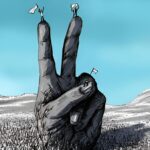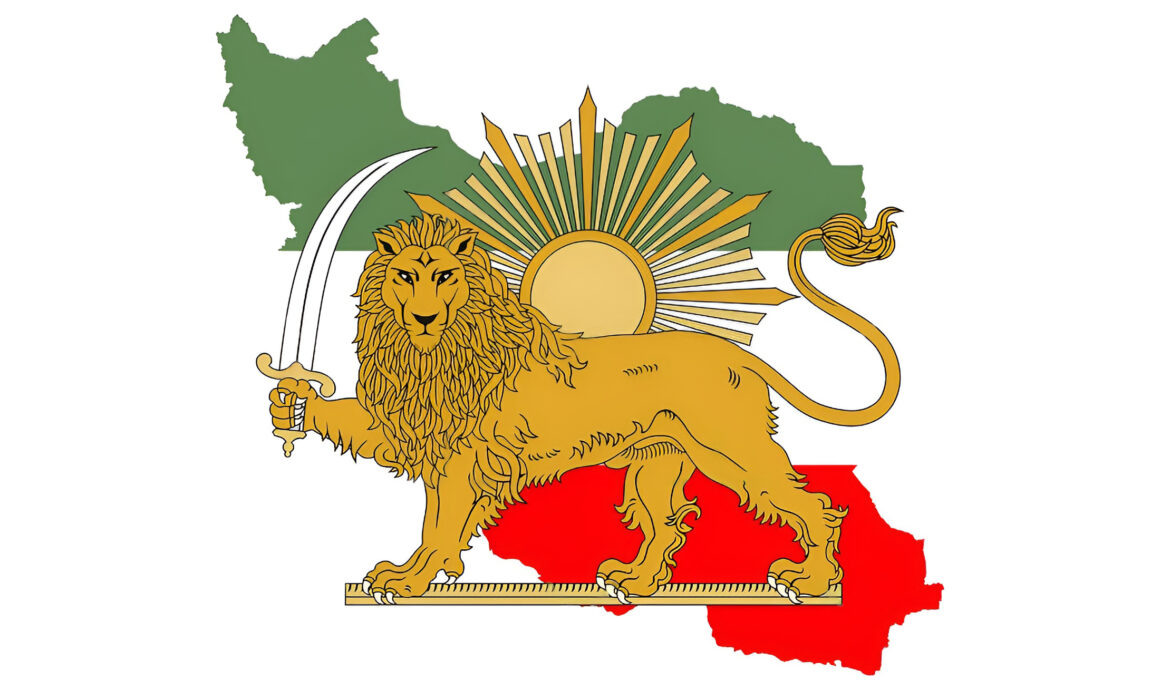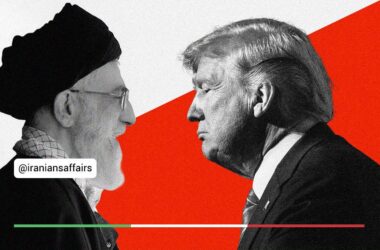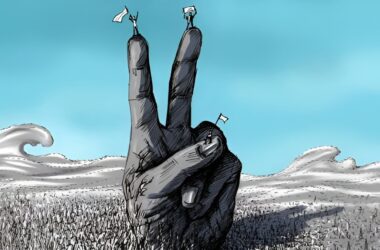This article elaborates on Saeed Ghasemi-Nejad’s analysis, which outlines four potential scenarios for Iran’s future:
- The continuation of the Islamic Republic (advocated by reformists, conservatives, and their international affiliates).
- A transformation of the Islamic Republic that maintains current power structures under a different guise (the so-called “Transformationists”).
- The overthrow of the Islamic Republic leading to the fragmentation of Iran.
- The overthrow of the Islamic Republic and the restoration of a national government (the project led by Crown Prince Reza Pahlavi).
At this critical juncture in history, Iran faces these four key paths. Each claims to be the solution to the nation’s woes, yet the truth is that only one option can lift Iran out of its deep political, social, economic, and cultural crises: the overthrow of the Islamic Republic and the restoration of a national government under the leadership of Crown Prince Reza Pahlavi.
In this article, we will closely examine these four scenarios, explaining why the first three, at best, offer temporary relief and, at worst, pose existential threats to Iran’s survival. Additionally, we will demonstrate why the only viable path forward is to re-establish a national government in the form of a constitutional monarchy, akin to systems in countries such as Australia, the United Kingdom, Canada, the Netherlands, Spain, Belgium, Sweden, Malaysia, Thailand, and Japan.
For those individuals and groups seeking global support or change, it must be understood that such support hinges on the establishment of an efficient national government and the creation of a modern order.
Scenario 1: Continuation of the Islamic Republic—Reformists and Conservatives, Two Sides of the Same Coin
(The “57ers” within power)
The survival of the Islamic Republic—whether in its reformist or conservative guise—means the continuation of an endless cycle of oppression, corruption, and crisis. Reformists like Mohammad Khatami and Hassan Rouhani, despite espousing slogans of human rights and development, have records that reveal their true purpose: preserving the regime. The violent crackdowns during the student protests of July 1999 and the November 2019 demonstrations clearly illustrate that in this scenario, the lives and freedoms of the people are always sacrificed to ensure the Islamic Republic’s survival.
On the other hand, conservatives like Ghalibaf, Jalili, and other figures of repression openly pursue a path of suppression and execution. While their methods may differ, the shared goal of both factions is the same: to preserve the Islamic Republic at any cost. This project not only offers no hope for the Iranian people but also perpetuates the ongoing social and economic disintegration of the country.
Scenario 2: Transformation of the Islamic Republic—Changing the Surface, Preserving the Structure
(The “57ers” ousted from power and defenders of a pseudo-nationalism within the Islamic Republic)
The “Transformationists” aim to preserve the existing power structures of the Islamic Republic in a new form. This group, comprising leftists, so-called former reformists, and figures like Faezeh Hashemi, seeks to impose a rebranded version of the Islamic Republic on the people through superficial and symbolic changes.
From the outset, this project is nothing more than a repackaged version of reformism. The Transformationists lack both the will to dismantle the regime and the capacity to confront its repressive structures. Their true objective is to establish a new oligarchy that safeguards their political and economic interests.
Like the first scenario, this project is incapable of bringing about meaningful change and will only perpetuate repression and crisis in a different form.
Scenario 3: Overthrow of the Islamic Republic and Fragmentation of Iran—A Nightmare for the Nation
(Anti-nationalists among the “57ers,” Stalinists, and ethnonationalists)
The third scenario envisions the overthrow of the Islamic Republic at the cost of Iran’s disintegration. Promoted by certain ethnonationalist groups and foreign interventions, this idea poses a grave threat to Iran’s territorial integrity and national survival.
The fragmentation of Iran would mean the destruction of the country’s history, culture, and national identity. In this scenario, Iran would become a collection of small, weak states, vulnerable to foreign influence and plagued by internal conflicts and endless crises.
Despite the claims of its proponents, this project would never lead to freedom or democracy. Fragmentation would not save the Iranian people from the Islamic Republic but would inflict deeper wounds on the nation. The only path to safeguarding Iran’s freedom and dignity lies in preserving the country’s territorial integrity.
Scenario 4: Overthrow of the Islamic Republic and Restoration of a National Government—The Path to Salvation
(Nationalists opposed to the “57ers”)
The only viable option for saving Iran is the overthrow of the Islamic Republic and the restoration of a national government under the leadership of Crown Prince Reza Pahlavi.
Unlike the other three scenarios, this project not only provides a solution to the current crisis but also outlines a sustainable and progressive vision for Iran’s future.
A national government is one that, based on principles of nationalism, territorial integrity, and respect for cultural and linguistic diversity, unites all segments of society under the Iranian flag. Crown Prince Reza Pahlavi, as a democratic and charismatic leader, is uniquely positioned to lead this movement. Time and again, he has demonstrated his commitment to empowering the Iranian people as the true rulers of their country rather than seeking power for himself.
Constitutional Monarchy: A Model for a Modern Iran
The restoration of a national government through a parliamentary monarchy could set Iran on a path to development and progress. Advanced nations such as Norway, the United Kingdom, Denmark, and Spain have shown that constitutional monarchies can combine stability, democracy, and economic growth. In such systems, the monarch serves as a symbol of unity and national identity, while executive power resides with an elected government.
This model could guarantee Iran’s territorial integrity, civil liberties, and social justice.
Why Crown Prince Reza Pahlavi?
As a symbol of Iran’s unity and cohesion, Crown Prince Reza Pahlavi is the most qualified leader for this movement. His emphasis on democracy, secularism, and human rights has earned him the support of millions of Iranians. Unlike other opposition leaders, he seeks not personal power but a system in which all Iranians, regardless of political or religious affiliation, can participate.
Internationally, he is a respected and recognized figure capable of garnering global support for Iran’s freedom movement.
At this critical juncture, Iran has only one path to salvation: the overthrow of the Islamic Republic and the restoration of a national government. Projects that seek to continue or superficially reform the Islamic Republic will only perpetuate the crisis. Fragmentation, too, offers no freedom but instead leads to the country’s ruin.
The only path that can guide Iran toward freedom, progress, and stability is the leadership of Crown Prince Reza Pahlavi and the establishment of a constitutional monarchy. This path not only ensures liberalism and citizens’ rights but also promises a bright future for Iran and its people.

